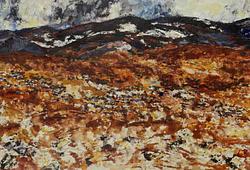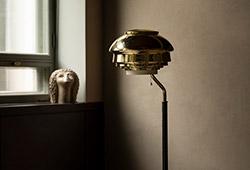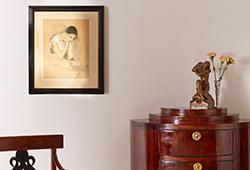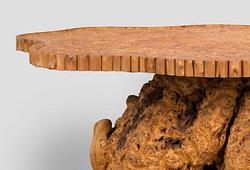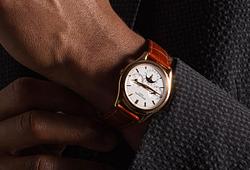Alexander Roslin
"Maria Josefa av Sachsen"
Signed le Chev. Roslin and dated 1776. Relined canvas 75 x 61 cm.
Alkuperä - Provenienssi
William I, Elector of Hesse (1743-1821.
Count Louis of Hesse (b. 1860).
Count Charles of Hesse (b.1860).
Count Georg of Hesse (b.1903) by the last sold 1950 from the castle Tur-Terebes in Hungary.
Kirjallisuus
Sixten Strömbom (ed), "Index över svenska porträtt 1500-1850", 1935/43, SPA 1947:382.
Gunnar W Lundberg, "Roslin - Liv och verk", 1957, I, ill. at p. 96, volume II, catalogue no 227 (another version of catalogue no 226).
Magnus Olausson (ed.), "Alexander Roslin", Nationalmuseum, 2007, exhibition catalogue, the motif described at p.32.
Muut tiedot
The princess who became mother of three kings
The Princess Maria Josepha (1731-1767) was the daughter of Fredrik August II, Prince-Elector of Saxony and King of Poland, and Queen Maria Josepha of Austria. In 1747 she was married to Crown Prince Louis of France so she became Dauphine of France, the daughter-in-law of King Louis XV.
The marriage had been organized by Louis XV, his mistress Madame de Pompadour, and Maria Josepha’s uncle Count Moritz of Saxony, to make an alliance between the two countries after they had been on different sides during The War of the Austrian Succession. Louis still mourned her first wife, but eventually the marriage became lucky and Maria Josepha gained respect at the court for her patient way of winning over her husband's feelings. They later had 11 children together, many died at birth, but their fifth son would grow up and later became King Louis XVI of France. Another two of her sons would also become kings of France long after the French Revolution, Louis XVIII and Karl X.
Both Maria Josepha and the husband were deeply religious and where close to the Queen Maria Leszczyńska. But the Princess was also close to her father-in-law, and could therefor help to improve the relationship between the father and son who had previously been rather frosty. In 1765 her husband died, and she was moved by the king to Madame de Pompadour's, who was then deceased, apartment in the Palace. The king often visited the Princess at this time to discuss her son's future marriage with Marie Antoinette. Maria Josepha died in lung tuberculosis two years after her husband, 1767.
In the early 1750s, the Swedish artist Alexander Roslin finally arrived in Paris. He had left his birthplace, Malmö, years ago for art studies in Stockholm and Italy, and as a court painter at Brandenburg - Culmbach, but his goal had always been Paris. In France he began to assist the French artist Boucher with the painting of Madame de Pompadour. This would give him many valuable future contacts. In 1753 Roslin was elected as a member at the French Academy of Arts and represented at the exhibition the same year with five portraits. Thus, a brilliant career began in the city Roslin had always dreamed of.
The artist received lot of assignments and was awarded a state pension as well as an artist's residence at the Louvre. The good Swedish-French relations at this time and great letter of recommendation helped his way into French society.
Among Roslin's models were ambassadors, artists and royals. He was famous for his ability to capture the silk costumes in fashion at the time, the plumes and jewelry. His brush caught the light reflexions not only in the lace and shiny fabrics but also on skin, glittering eyes and rosy cheeks. He was also a skilled characterist and depicted many of the influential people in Paris at the time.
Alexander Roslin died in his home in the Louvre in the summer of 1793.




